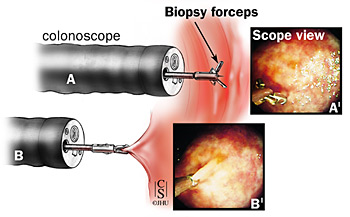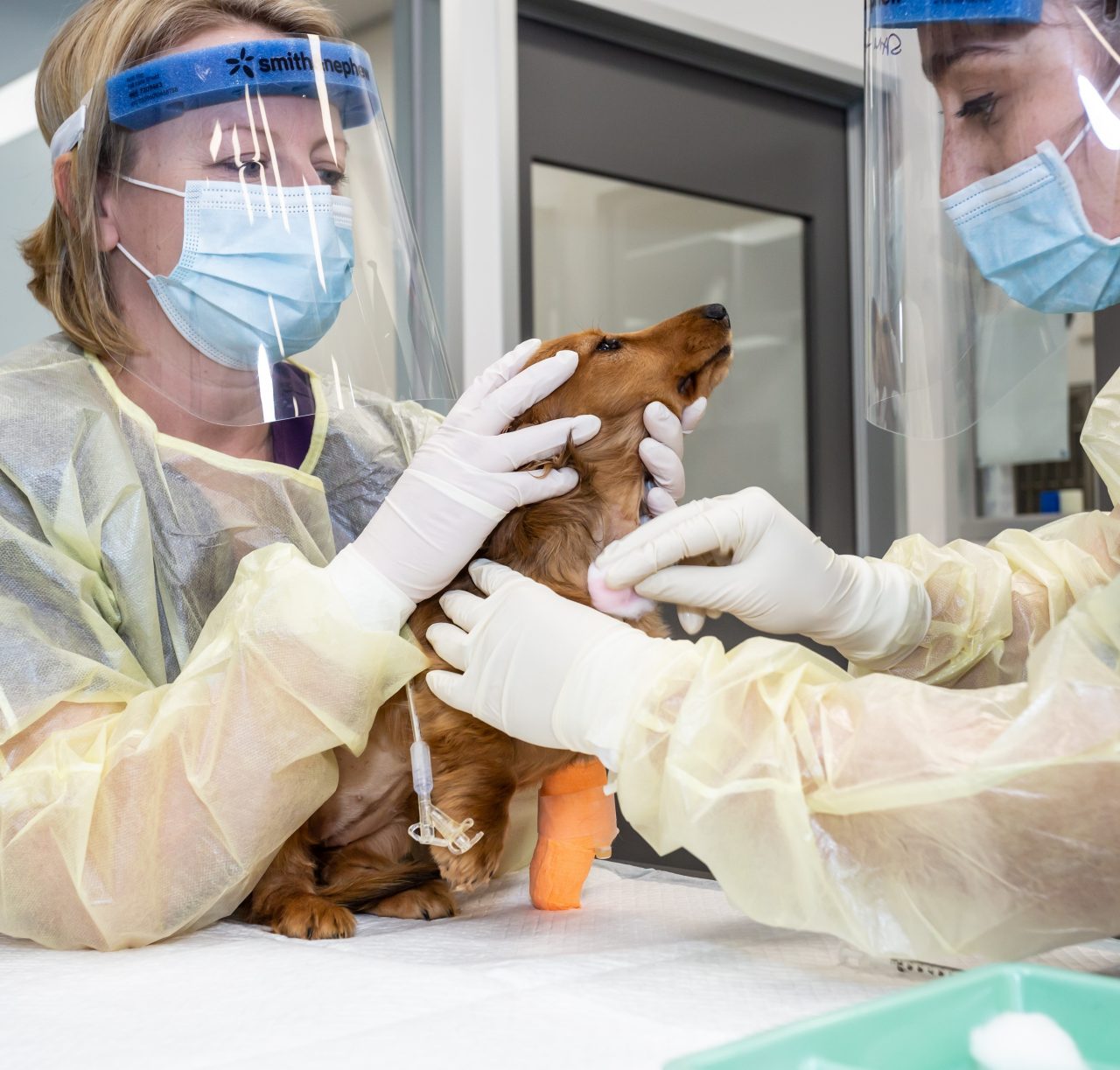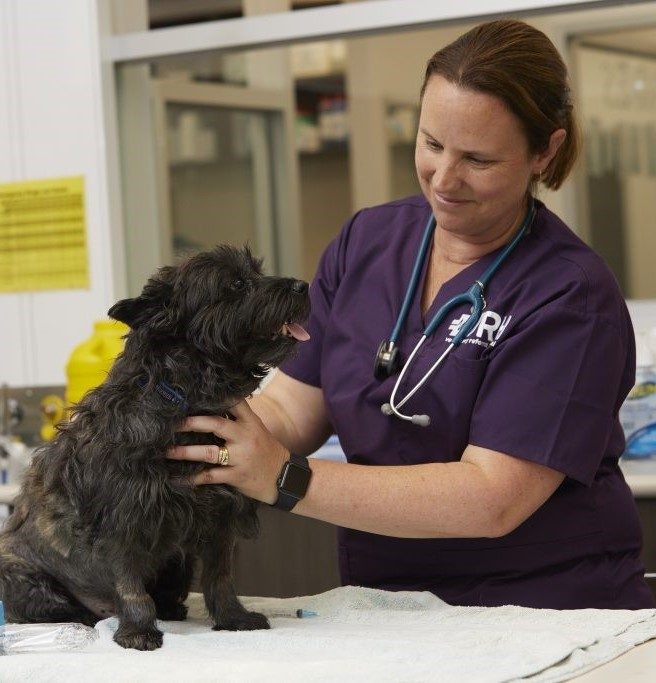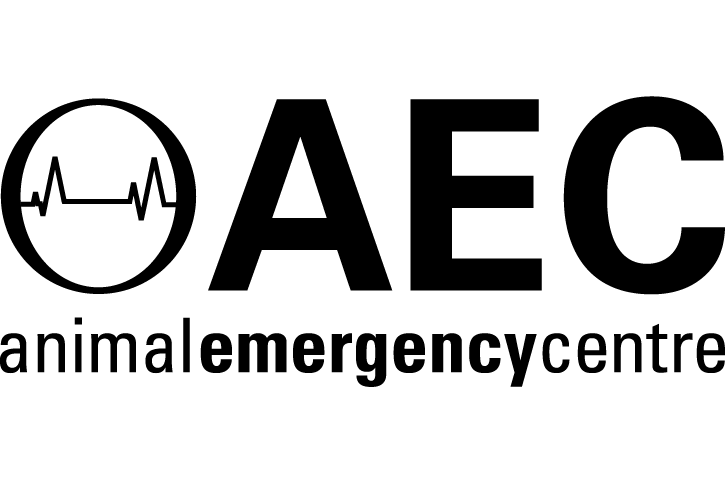Advantages of endoscopic biopsies:
- Relatively non-invasive procedure – although the patient will require a general anaesthetic. In most cases recovery from the procedure is rapid. The endoscope is introduced to the body through the mouth and/or bottom (anus), therefore there is no incision to heal.
- The inside lining (mucosa) of the oesophagus, stomach, parts of the small intestine and large intestine (colon) can be visually inspected at the time of the endoscopy.
- Endoscopic biopsies can safely be obtained from the colon (see below)
- Endoscopic biopsy sites heal very quickly and can be used to obtain biopsies in cats and dogs with low protein levels in their blood, without an increased risk of complications.
The endoscopic process is also useful in the removal of foreign bodies in pets.
.png)











